How Does Barcode Scanner & Reader Work – Have you seed black and white bars on your grocery that look like zebra stripes? These black and white bars are called barcodes that store information with them. Barcode has encoded information in a visual pattern, near the black and white bars they have a blank space so that the barcode scanner does not take any garbage information with it.
The space left intentionally near the barcode is called a quiet space or quiet zone. Barcodes are used to track a lot of manufactured products and their information thus no shortage of the product occurs. The barcode also helps retailers and shopkeepers sell the products in an effort-free selling of its products. The errors in calculation decrease and the time to calculate the amount decreases.
The barcode scanner is used for scanning the barcode to maintain the track of any item with the barcode.
Barcode and Barcode Reader:
A barcode reader is a mechanical device used to read barcodes to decode the encrypted code. The barcode scanner reads the code by reflecting light and the reflected light gets a light reflection back which is decoded as a binary number, i.e., 0 or 1. 1 means true and 0 means false. The binary code is first transmitted as a binary digital signal. The analogue wavelength is transmitted through black-and-white spaces in a barcode where black holds weak signals and white transmits strong signals. The sensor after receiving the analogue signal is converted into a digital signal or waveform. ADC, i.e., analog-to-digital signal converter transforms the analog signal to digital signal.
The signal is then decoded to retrieve data in a readable form or human language. The machine then converts the machine language to human language that is transmitted on the scanner.
Two types of barcodes:
A barcode is usually divided into two types:
- 1D CODE: A 1D code barcode is usually the one seen in groceries or on stationery. The black and white bars with spacing are known as linear barcodes. It usually has 12 characters that contain limited information. The most common example of the linear code is UPC(universal product code), which stores manufacturer identification and item number with the last digit to check if the barcode is scanned properly or not. The barcode scanner also has a 1D barcode scanner to scan 1D barcode.
- 2D CODE: The 2D barcodes also have barcode scanners made for scanning them known as 2D barcode scanners. The data stored in these barcodes is more than 1D barcode. The information is usually stored in the form of a QR code, matrix or shape form. The 2D codes can be both horizontal or vertical patterns and store more than 100 characters. The information that can be stored in the 2D barcode is address, item information, price, quantity, image or web address.
Barcode scanner sub-categories:
There are a few sub-categories of barcode scanners. The barcode reader can scan the barcode by being stationary or moving and according to their use the barcodes are categorized:
- Handheld: The handheld are the scanners that can be held and moved. The non-stationary and whose placement can be changed are referred to as handheld barcode scanners. They can have a cord or can be cordless.
- In-counter: The barcode scanner that is stored inside the counter to scan the barcode.
- On-counter: The on-counter also known as a multi-plane or presentational barcode scanner are hand-free scanners that allows one to do multiple scans with a limited item range.
- Fixed-mounted: These barcode scanners are mounted in one place and cannot be moved.
- Wearable: These come in small sizes to wear on arms, hands, etc.
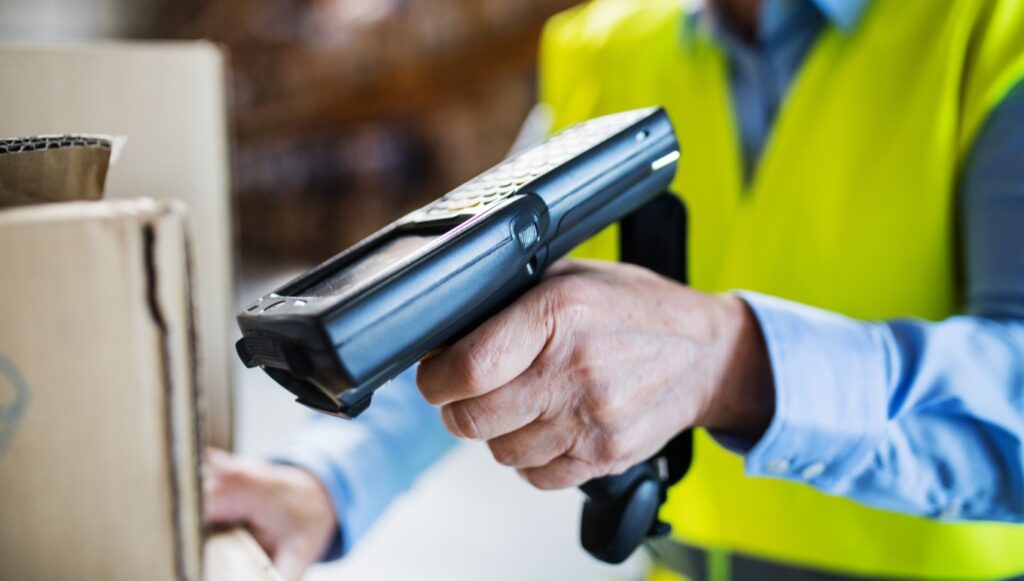
VARIETY OF BARCODE SCANNERS:
There are different types of barcode scanners with different technologies, materials, placement, etc.
- CCD Scanner: These are usually handheld with a code or cordless. This scanner needs to be 1 inch away from the barcode to get a correct reading of the barcode. These are usually seen in convenience stores, retail stores, etc. This barcode gets a better read of the barcode than a penward scanner. These are also known as LED readers or scanners.
- Laser Scanners: The laser scanner uses a laser beam to scan the barcode. A photodetector device is used to get the reading of the refuted laser beam. It can read up to 24 inches. They can be handheld or stationary.
- Pen wand barcode readers: These are stationary barcode readers that can not move after their placement. They can read printed barcodes for libraries, delivery packages, etc. They are durable and cost-efficient. Practice is needed for using this type of barcode scanner.
- Slot scanner: These are stationary barcodes in which the barcode needs to move close to the slot. These are usually used to scan ID cards to keep track of attendance and clock-in time.
- 3D Scanner: These are the barcode scanners that can move and scan the barcode from any distance often used in industry.
- CGI Scanner: These scanners are typically used in food or beverages that have curved surfaces like cans, bottles, etc.
- Image Scanner: In this, the scanner needs to be placed 3 to 9 inches away to capture a reading via camera. A small video camera is used to capture the reflected light and then a digital camera technique is used to decode the image code. These are moving barcode scanners that come at fair prices.
These barcode scanners are used in many places and has many advantages:
FEATURES OF BARCODE AND BARCODE SCANNERS :
- The barcodes and barcode scanner make keeping track of any item easy.
- Barcodes help make calculation errors near zero and you do not have to memories the price and quantity of any item that way.
- The barcodes and barcode scanners also help with checking the supply chain of the item and whether they are accessible or not.
- The barcode and barcode scanners also allow the sold item to be sold at the same price everywhere and customers will know if the item is sold for an extra price than mentioned in the barcode.
- They have high demand as they make work efficient and precise.
- They also help in decreasing inventory levels.
- With fewer pricing mistakes, customer satisfaction is 100%.
- They are durable.
- They need less maintenance.
- They are easy to use.
These advantages make the barcode and barcode scanner to be implemented in many places globally. But you need to take an accurate reading to work smoothly. So, always clean the barcode area and keep it clean. The barcode should be printed accurately with no smuggles and blurs. The barcode should be of the same type as the barcode scanner to get an accurate reading.
CONCLUSION:
Barcodes have now become an essential part of our lives embedded in our smartphones used for paying for or scanning any products. We hope you have a clarification of the topic and that the information above was useful.
FAQs related to Barcodes and Barcodes Scanner:
Q1. Where are the barcodes used?
Ans. Barcodes are used in retail, smartphones, parcel receiving and tracking, supermarkets, clothing stores, warehouses, electronic devices storage, hospitals, foods and beverages, etc.
Q2. Are there any disadvantages of barcodes and barcode scanners?
Ans. Yes, there are some disadvantages of the barcodes and barcode scanners but these disadvantages can be easily solved with proper maintenance of the device.
The disadvantage of the barcode and barcode scanners is that they can be inaccurate due to a mistake in scanning.
Q3. When was the first barcode scanner invented?
Ans. In 1948, Bernard Silver and N. Joseph Woodland thought of developing barcodes. However, the first barcode scanner was scanned in 1974.
Q4. Does the barcode scanner need high maintenance?
Ans. No, you just need to clean the barcode scanner with a dry cloth daily. They are very low maintenance and thus used a lot.


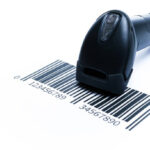
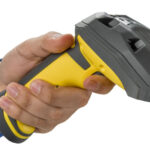
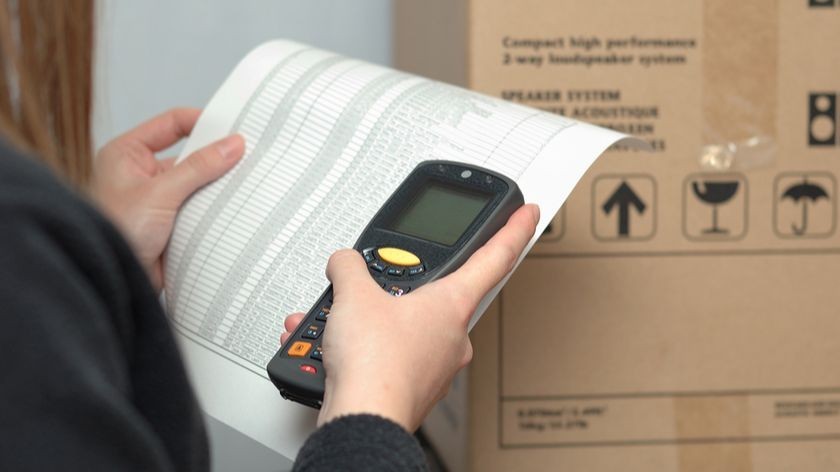
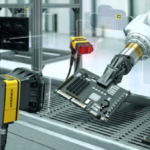



 Call
Call Whatsapp
Whatsapp Contact Us
Contact Us